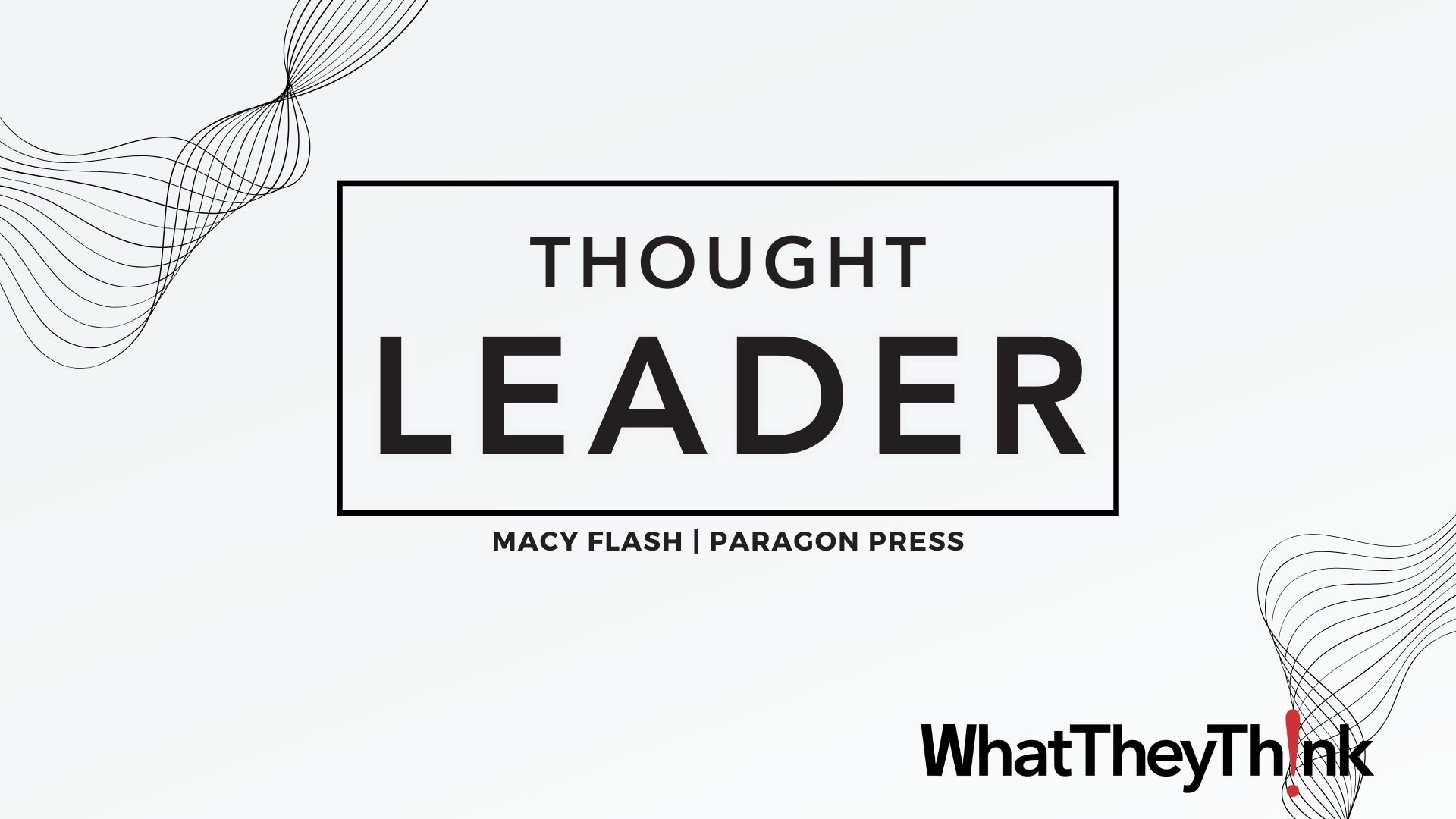While QR Codes have been used for years in direct marketing, they are only more recently being used more widely for mobile banking and payments. This is an interesting development and speaks to the growing acceptance of QR Codes as a more sophisticated tool for problem solving and information delivery.
Here are three places I’ve seen QR Codes in the world of mobile banking and payments recently and why it matters.
- Wal-Mart check-out.
If you use the self-checkout at Wal-Mart, you will be greeting with a giant QR Code on the payment screen. The code is part of Wal-Mart Pay, an option first introduced by the retail giant in 2015 and which is now officially available in all 4,600+ stores nationwide.
Wal-Mart Pay is a feature built into the Wal-Mart mobile app that allows customers to use a smartphone to pay for in-store purchases. By making it part of an app, Wal-Mart is able to address any security concerns. Everything is stored in a secure, cloud-based environment, and no payment credentials are transmitted at the physical register. Wal-Mart Pay also stores electronic receipts, gift card dollars, and offers other neat features.
According to Wal-Mart’s internal statistics, Wal-Mart Pay was up 45% in usage as of July 2016, and 38% of payments come from repeat users. In addition, 82% of customers would recommend the QR-Coded Wal-Mart Pay to others.
- First National Bank direct mail.
On the back of mailings from First National Bank are QR Codes encouraging people to learn about doing their banking online. The code does not take customers to their financial information, but rather to a mobile site allowing them to watch short videos on the benefits of the service. Customers are directed to their online accounts or to a local branch to sign up.
- McDonald’s payment window.
McDonald’s has been using QR Codes for some time, and like Wal-Mart, the magic happens within the branded app. McDonald’s first began testing mobile payments in 2014, and by 2018, it plans to have 25,000+ stores using the system. This will help the chain catch up to its competitors, such as Starbucks, Dunkin’ Donuts, and Check-fil-A, which already have mobile payment and customer service apps.
Granted, not many printers are going to be helping their customers with mobile apps or payments, but what’s important here is the who and the what. We are seeing adoption 1) by large brands and 2) for sensitive transactions applications, both of which suggest a level of acceptance and trust in these tools.
If you have customers skittish about using QR Codes as “new” or “untrusted,” these are three great examples for combatting this misperception.










Discussion
Join the discussion Sign In or Become a Member, doing so is simple and free